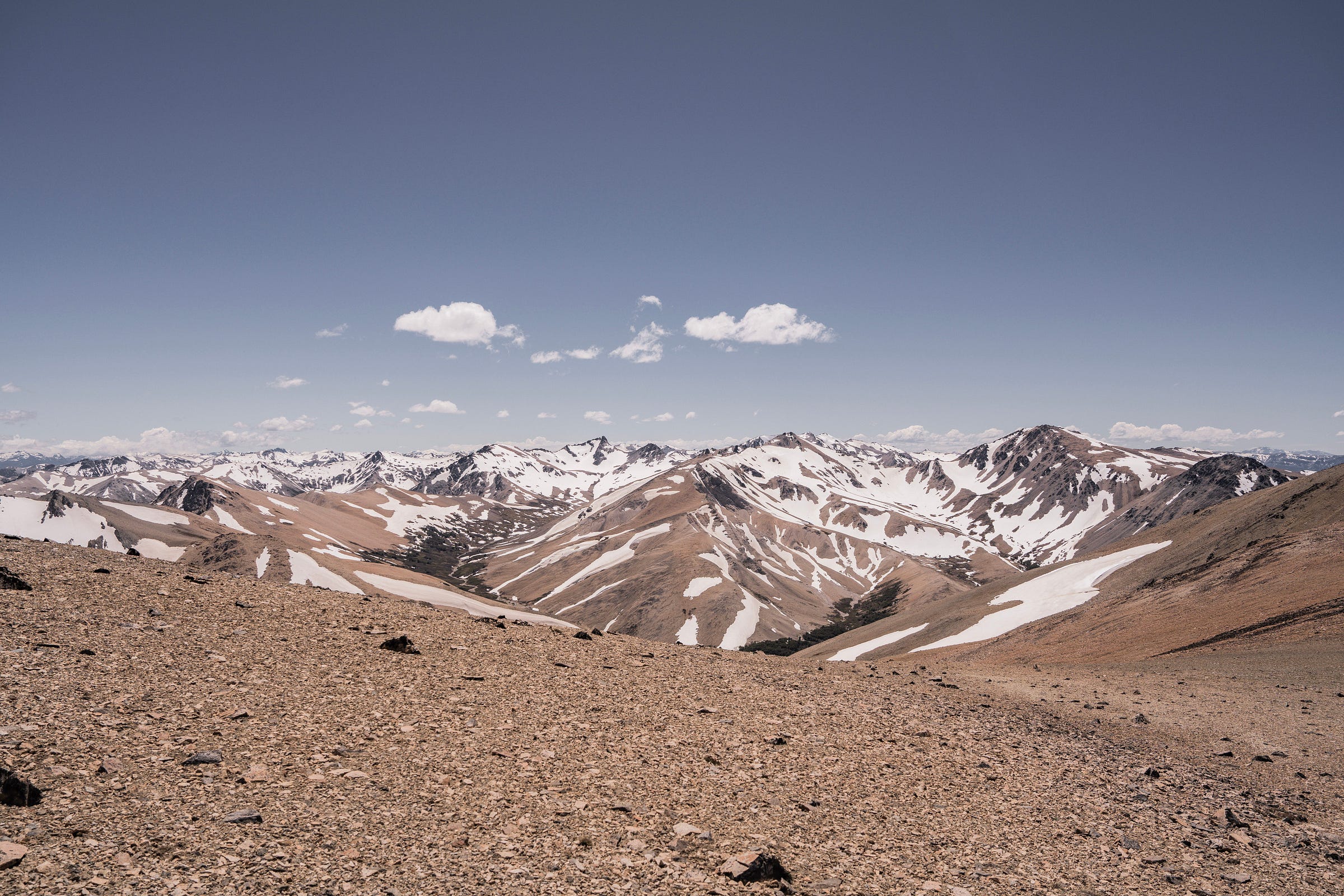2025 Will Be The Coldest Year of the Rest of Your Life
But ‘Global Warming’ won’t be renamed ‘Global Freezing’ anytime soon
It’s March 21st, 2025, and the vernal equinox has arrived in Sweden, just south of the Arctic Circle. Spring should be gently easing in, yet the weather has been more of a disorienting seesaw between winter’s last breath and spring’s hesitant arrival. One day, the wind cuts through my coat like a jagged knife and thick snowdrifts swallow the ground whole. The next, the sun melts the snow into slush, I’m peeling off layers under an unseasonably warm sky and hopeful crocuses and snowdrops peek through the frost — before being buried again.
I tell myself I should be used to it by now, but these impulsive shifts feel jarring and uncomfortable. And I’m not prepared for winter to disappear just yet, especially after the lowest February ice extent in the 47-year satellite record.
But then, as I step back from my frozen backyard, the broader picture becomes even more disorienting. While my small corner of the world fluctuates between frost and thaw, climate extremes are battering every corner of the planet: droughts and floods, heatwaves and wildfires happening all over the globe, with no warning signs attached.
And the cold? The biting, lung-searing, freezing extremes? Those, according to the reported unprecedented and unusual events by the WMO, have become a 3% rarity across the world.

And yet, somehow, it’s those isolated cold snaps — the ones that are statistically disappearing — that dominate headlines and are portrayed as being made worse by human activity. A polar vortex surges southward, a blizzard blankets a city, and suddenly, that’s evidence that winter’s bite is still strong and climate change is a hoax, while record-breaking warmth — 1 in every 5 unprecedented events around the world — is shrugged off. News cycles amplify the drama, invoking scenes of apocalyptic hailstorms, and before long, the same tired argument re-emerges: “If the planet is warming, why is it so damn cold?”
Some even go as far as claiming that scientists are manipulating temperature records, others insist that climate change is making “hotter hots and colder colds” in equal measure. A few still cling to Hollywood fantasies of a new Ice Age, courtesy of The Day After Tomorrow.
But science doesn’t deal with sentimentality — it deals with facts. And the data is unambiguous. Thanks to precise global monitoring networks, we know that, in the past 55 years, almost nowhere on Earth has seen an increase in extreme cold events. On the contrary, the world has been warming faster than we ever expected, a trend that is particularly pronounced in the Arctic, which has warmed nearly four times faster than the global average since 1979.
Cold, as we once knew it, is fading away.
And the real danger isn’t just the loss of winter. It’s the illusion that nothing is changing at all.
Arctic Warming Leading to Cold Outbreaks? Not So Fast
While climate change may affect atmospheric circulation patterns, its influence on extreme cold events is more than compensated by the rapid winter warming occurring worldwide.
Still, for years, scientists have debated whether the rapid loss of Arctic sea ice and the resulting Arctic amplification — the phenomenon where the Arctic warms quicker than the global average — could be disrupting atmospheric circulation, thrusting frigid polar air into northern hemisphere mid-latitude regions.
It’s a compelling idea: as the Arctic loses its icy armor, the temperature contrast between the poles and the equator weakens, causing the jet stream to buckle and sending Arctic outbreaks where they don’t belong.
Keep reading with a 7-day free trial
Subscribe to Martina H - The Arctic Wanderer to keep reading this post and get 7 days of free access to the full post archives.





